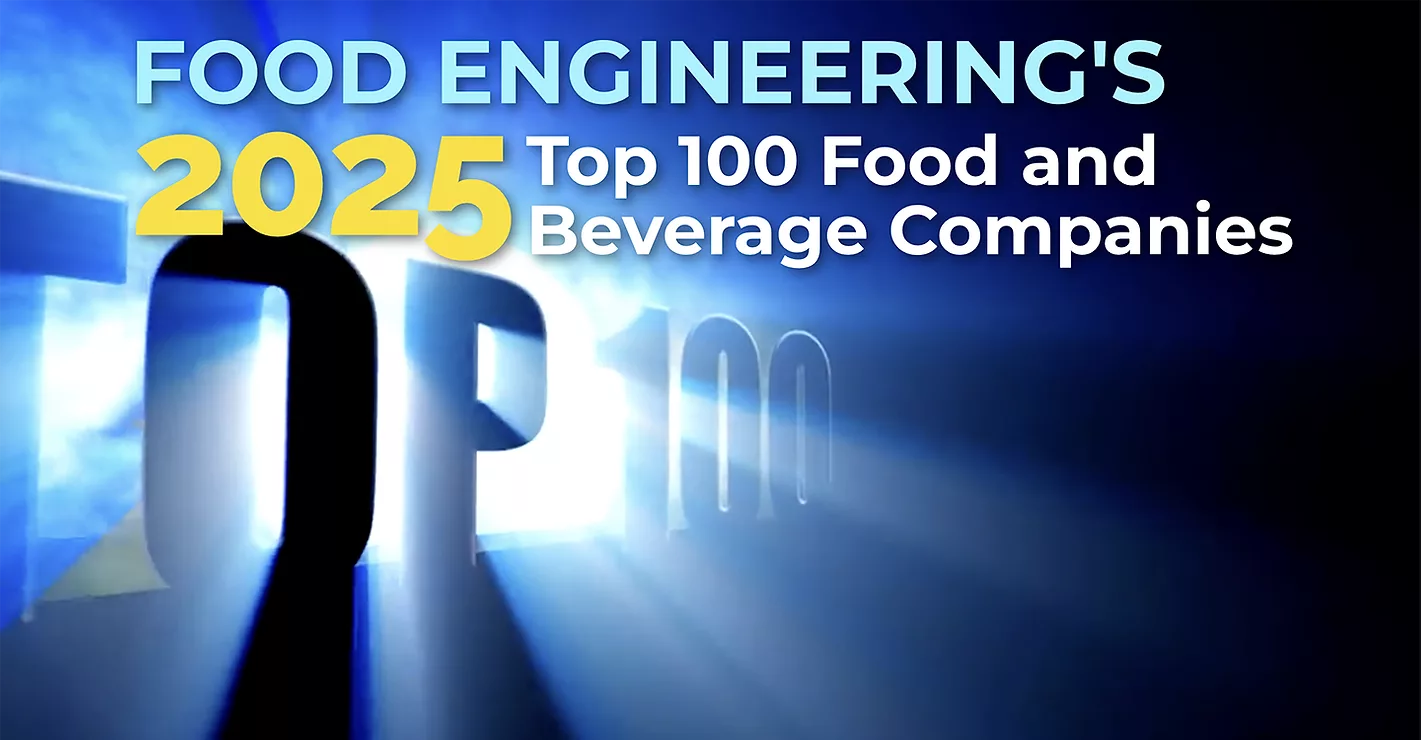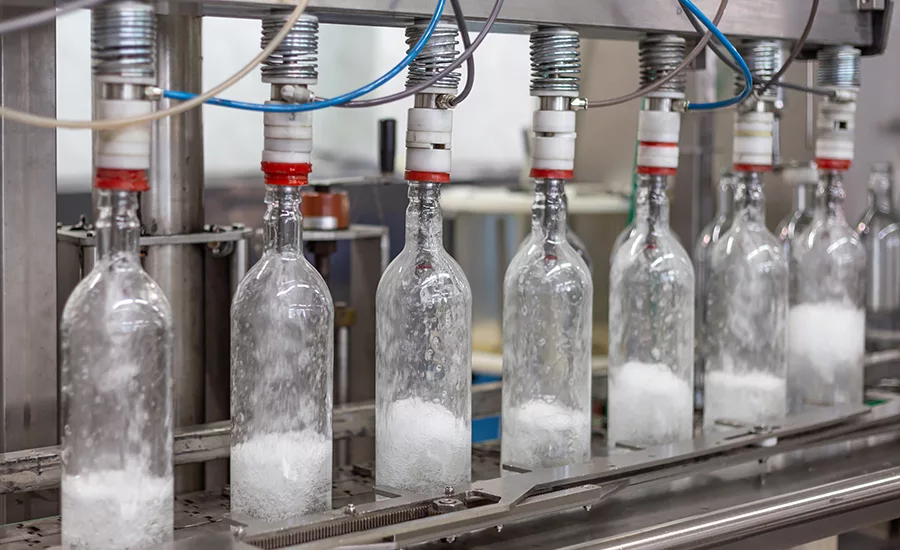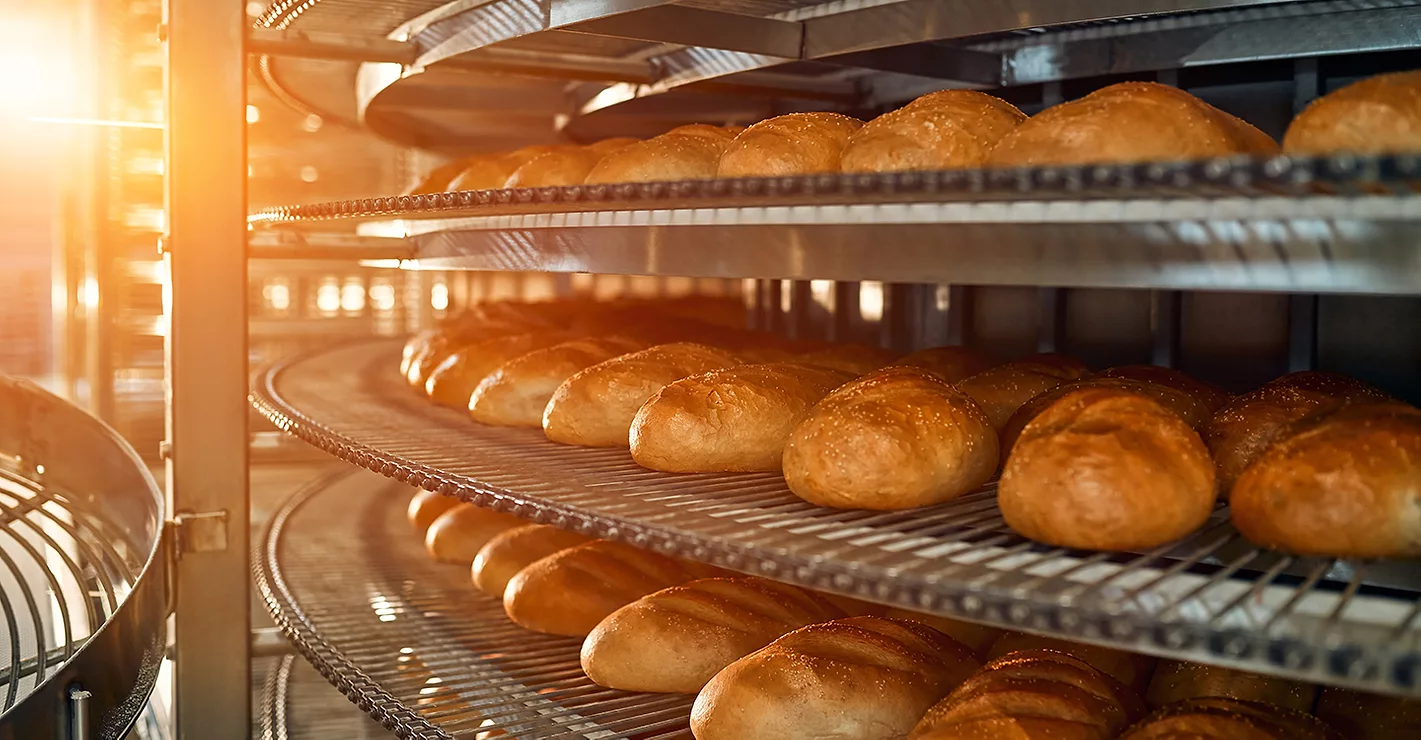Heed the word: watch those birds
A
pest management program that doesn’t address birds has a significant gap.

 Birds
are major food processing pests that sometimes are ignored when facilities
focus on controlling insects and rodents. The flying creatures carry diseases
that can be passed to humans. Bird flu, for example, could become a worldwide
pandemic. People who have contracted bird flu live in close proximity to
domesticated fowl, but there are concerns that the disease may spread to migratory
flocks and infect people the world over.
Birds
are major food processing pests that sometimes are ignored when facilities
focus on controlling insects and rodents. The flying creatures carry diseases
that can be passed to humans. Bird flu, for example, could become a worldwide
pandemic. People who have contracted bird flu live in close proximity to
domesticated fowl, but there are concerns that the disease may spread to migratory
flocks and infect people the world over.
Disease can be passed to humans through droppings in water, droppings on food, through inhalation of dried feces or dust, and from parasites that live on birds.
According to the University of Indiana, Purdue University and other researchers, the primary bird pests-pigeons, starlings and sparrows-can spread a wide variety of illnesses. These include bacterial diseases such as salmonellosis, listeriosis and yersiniosis; mycotic diseases like cryptococcosis, aspergillosis and histoplasmosis; and illnesses from protozoa, viruses and various parasites.
The organism that causes cryptococosis is found in up to 80% of pigeon roosts. Recently I worked with a dried products processor that experienced a salmonella incident. The problem was tracked back to sparrows that flocked around the receiving dock to eat spilled grain. These birds had been drinking water at the local waste treatment facility.
Avoid using ornamental plants that attract birds around the facility. Also, if your facility has roosts or nesting areas, take steps to eliminate, block or make them undesirable. Use bird netting spikes and chemical repellents to help discourage roosting. Don’t rely on fake owls or other raptors. Birds are not easily fooled and may end up roosting on them. Use bird calls or raptor cries to keep birds away.
Always apply basic pest management principles. Deny birds food, water and places to roost and nest.
When a California processor failed to properly monitor and maintain its fruit receiving stations, flocks of swallows built nests in and around the structure. By the time the company realized what happened, the nests were full of eggs and babies, and under the law, the processor could not touch the nest. As a result, the plant’s fruit receiving season had to be modified. Today, this processor carefully monitors its station and shoos the birds away before they can nest.
The best strategy is to work with your in-house or pest control operator to identify potential bird concerns and devise strategies to ensure birds stay not only out of the plant, but away from the plant. Without a commitment to good sanitation, birds and other pests will make themselves at home.


Disease can be passed to humans through droppings in water, droppings on food, through inhalation of dried feces or dust, and from parasites that live on birds.
According to the University of Indiana, Purdue University and other researchers, the primary bird pests-pigeons, starlings and sparrows-can spread a wide variety of illnesses. These include bacterial diseases such as salmonellosis, listeriosis and yersiniosis; mycotic diseases like cryptococcosis, aspergillosis and histoplasmosis; and illnesses from protozoa, viruses and various parasites.
The organism that causes cryptococosis is found in up to 80% of pigeon roosts. Recently I worked with a dried products processor that experienced a salmonella incident. The problem was tracked back to sparrows that flocked around the receiving dock to eat spilled grain. These birds had been drinking water at the local waste treatment facility.
Much more than disease
Bird dropping can destroy metal, weaken grout and mortar, and create fire hazards. Accumulations of droppings can cause workers to slip. Droppings also create a bad impression with customers and other visitors.Avoid using ornamental plants that attract birds around the facility. Also, if your facility has roosts or nesting areas, take steps to eliminate, block or make them undesirable. Use bird netting spikes and chemical repellents to help discourage roosting. Don’t rely on fake owls or other raptors. Birds are not easily fooled and may end up roosting on them. Use bird calls or raptor cries to keep birds away.
Always apply basic pest management principles. Deny birds food, water and places to roost and nest.
When a California processor failed to properly monitor and maintain its fruit receiving stations, flocks of swallows built nests in and around the structure. By the time the company realized what happened, the nests were full of eggs and babies, and under the law, the processor could not touch the nest. As a result, the plant’s fruit receiving season had to be modified. Today, this processor carefully monitors its station and shoos the birds away before they can nest.
The best strategy is to work with your in-house or pest control operator to identify potential bird concerns and devise strategies to ensure birds stay not only out of the plant, but away from the plant. Without a commitment to good sanitation, birds and other pests will make themselves at home.
Looking for a reprint of this article?
From high-res PDFs to custom plaques, order your copy today!


